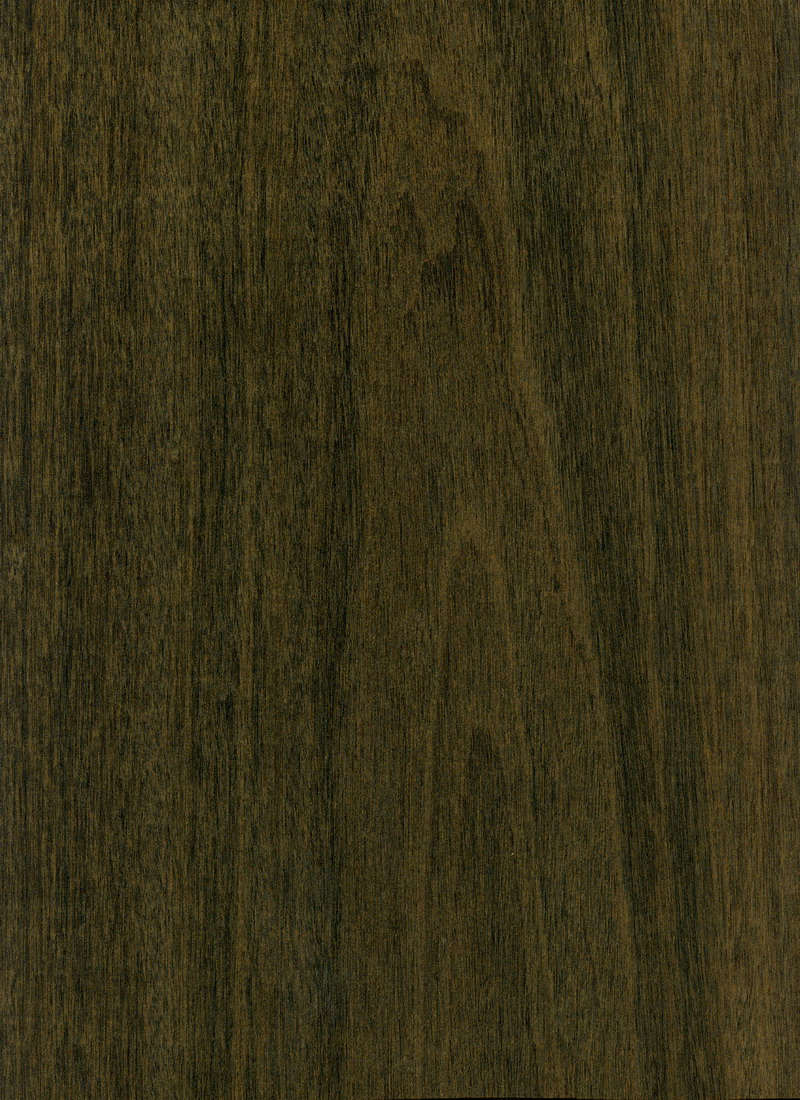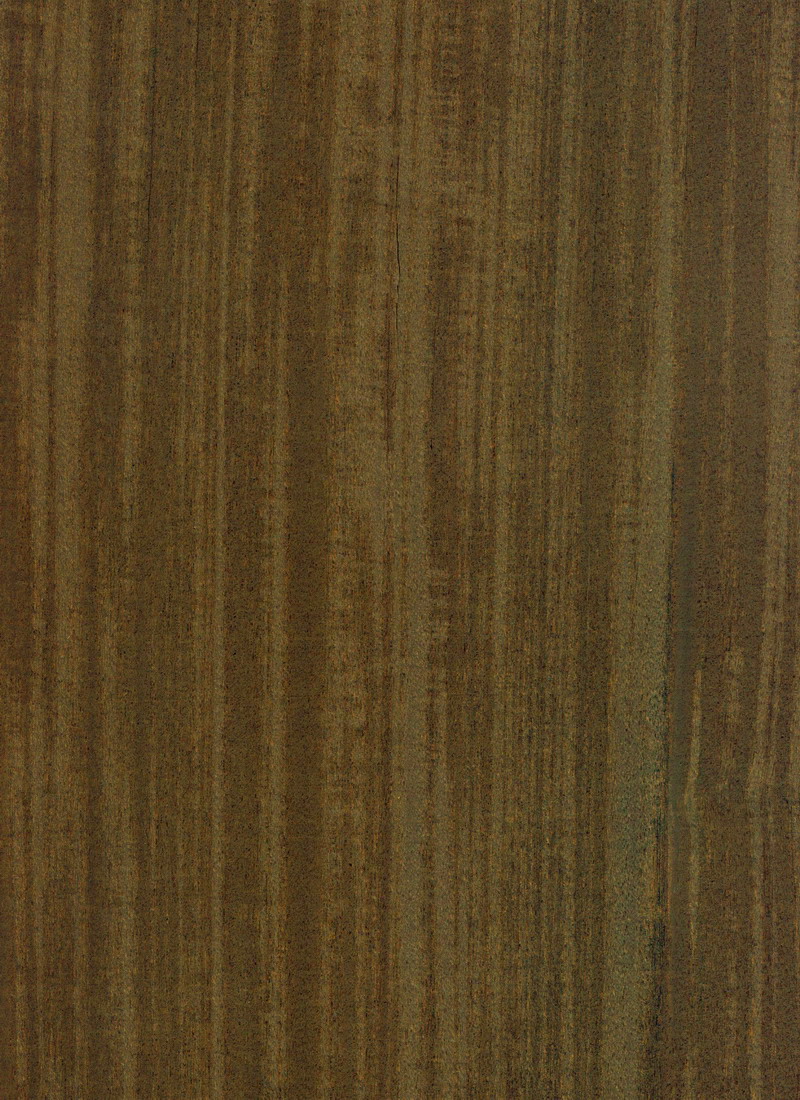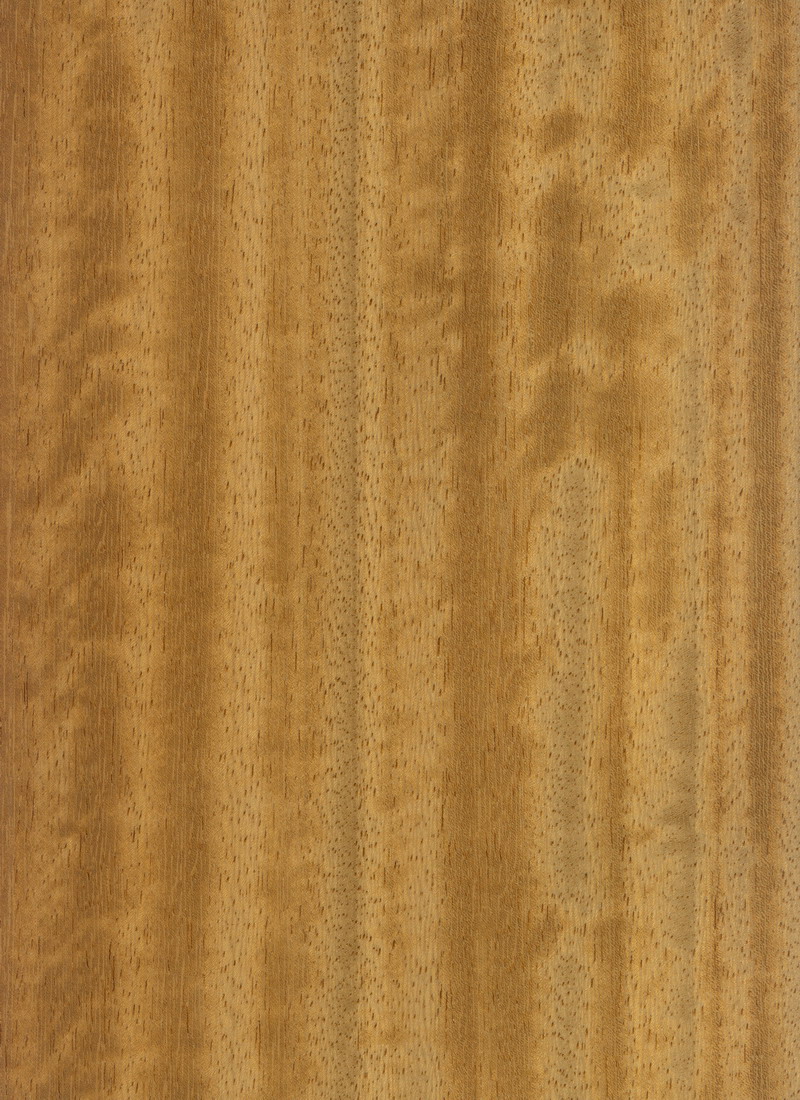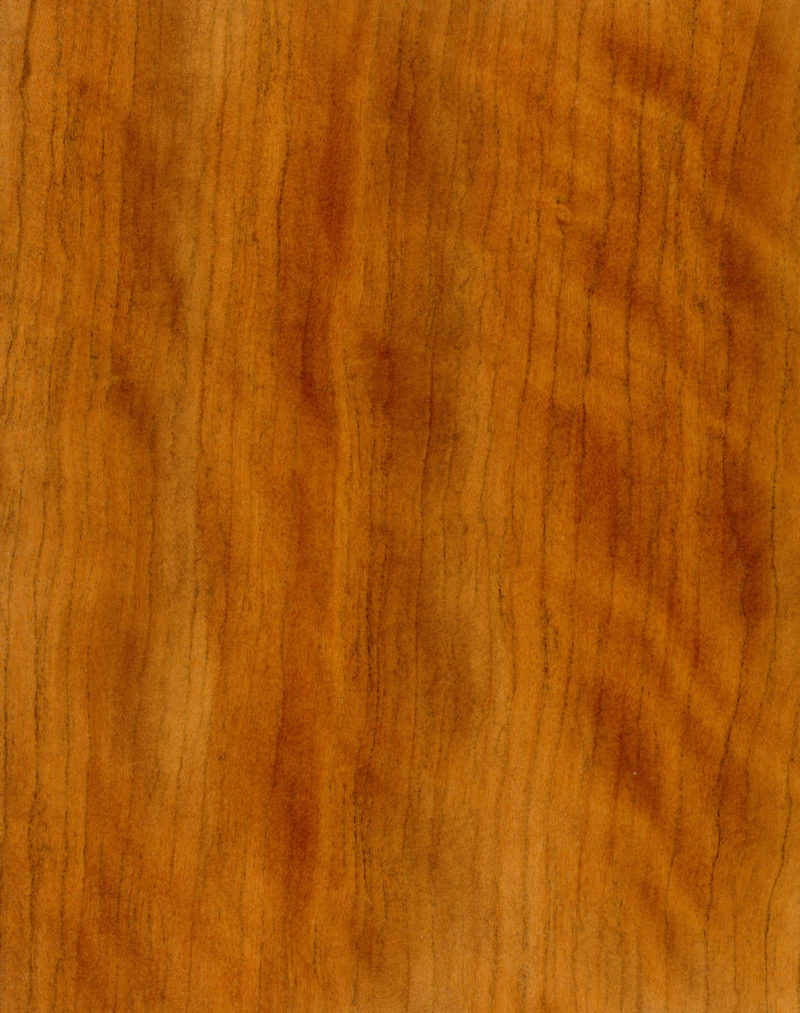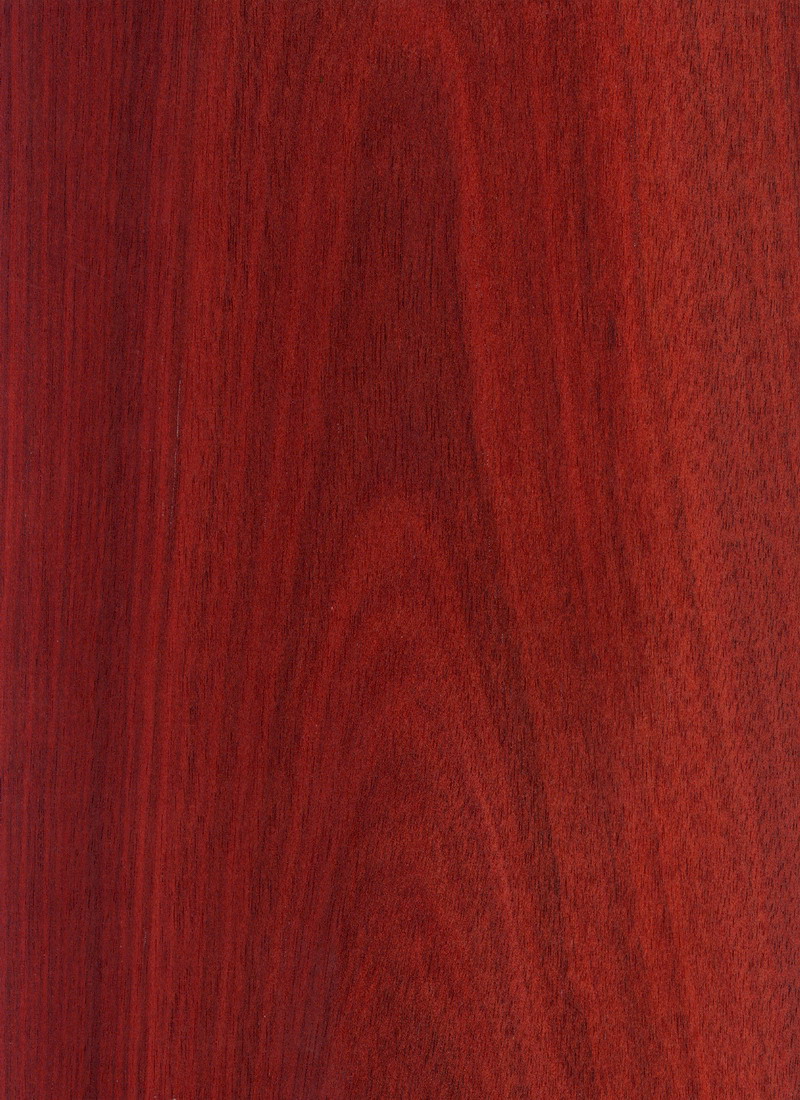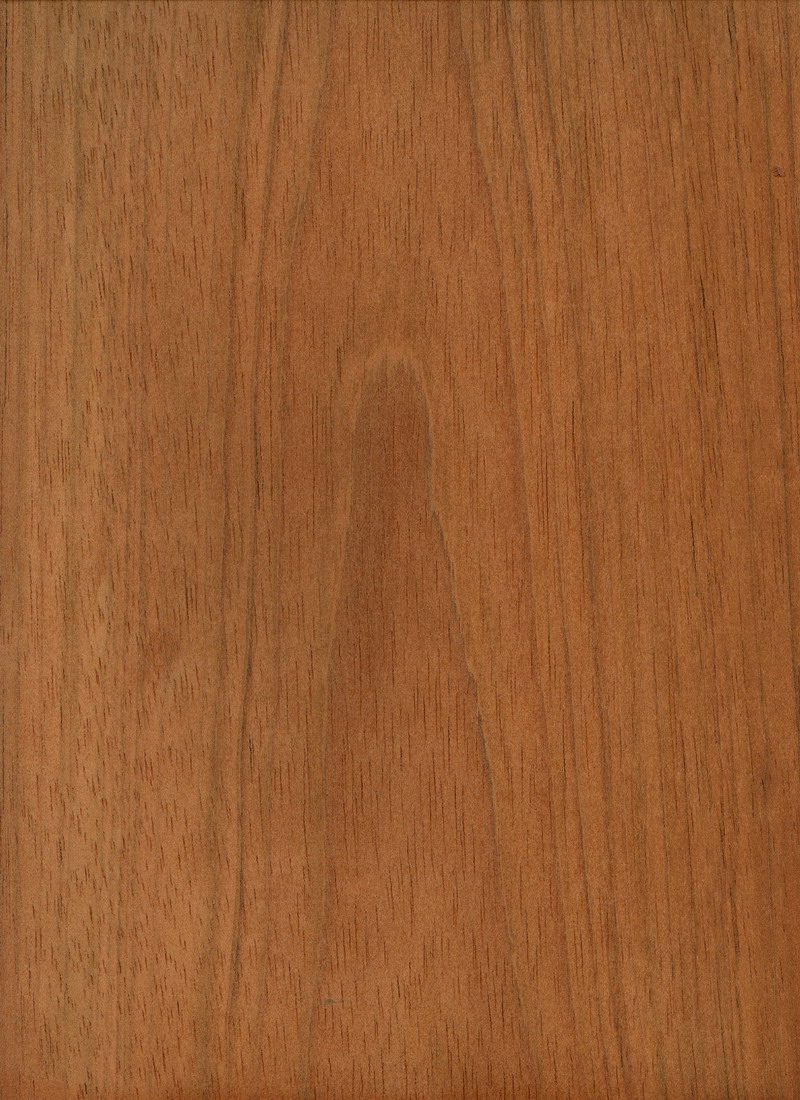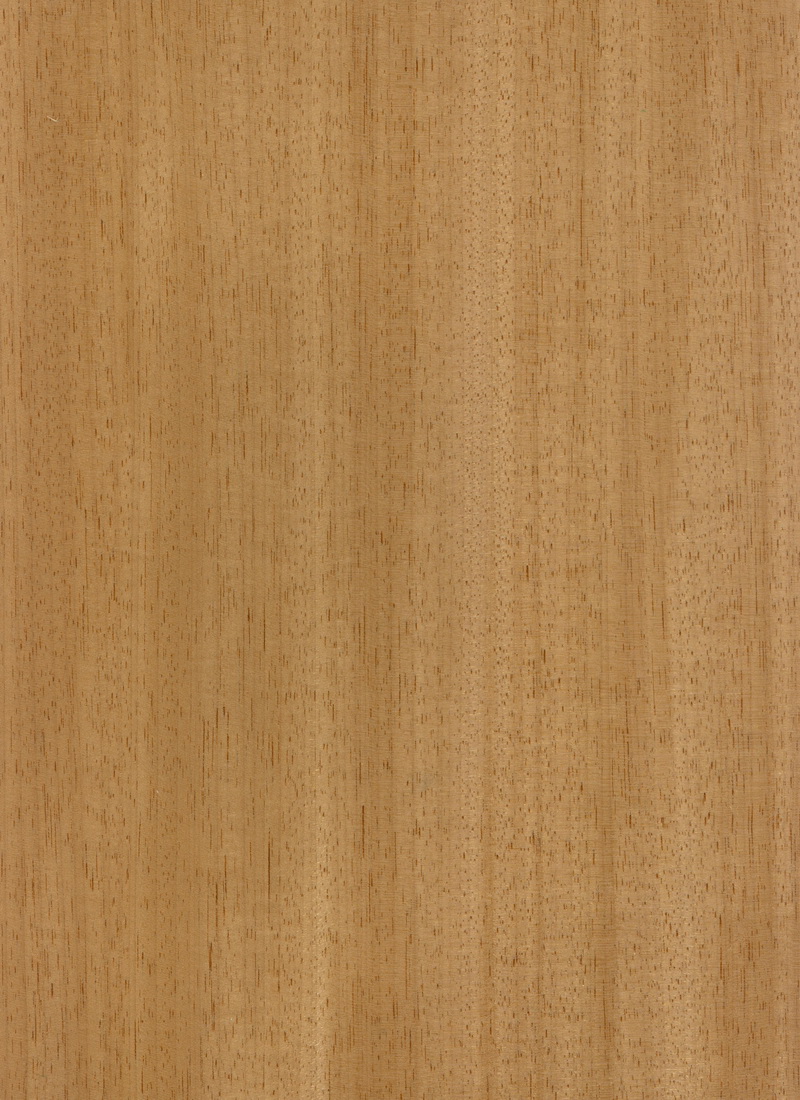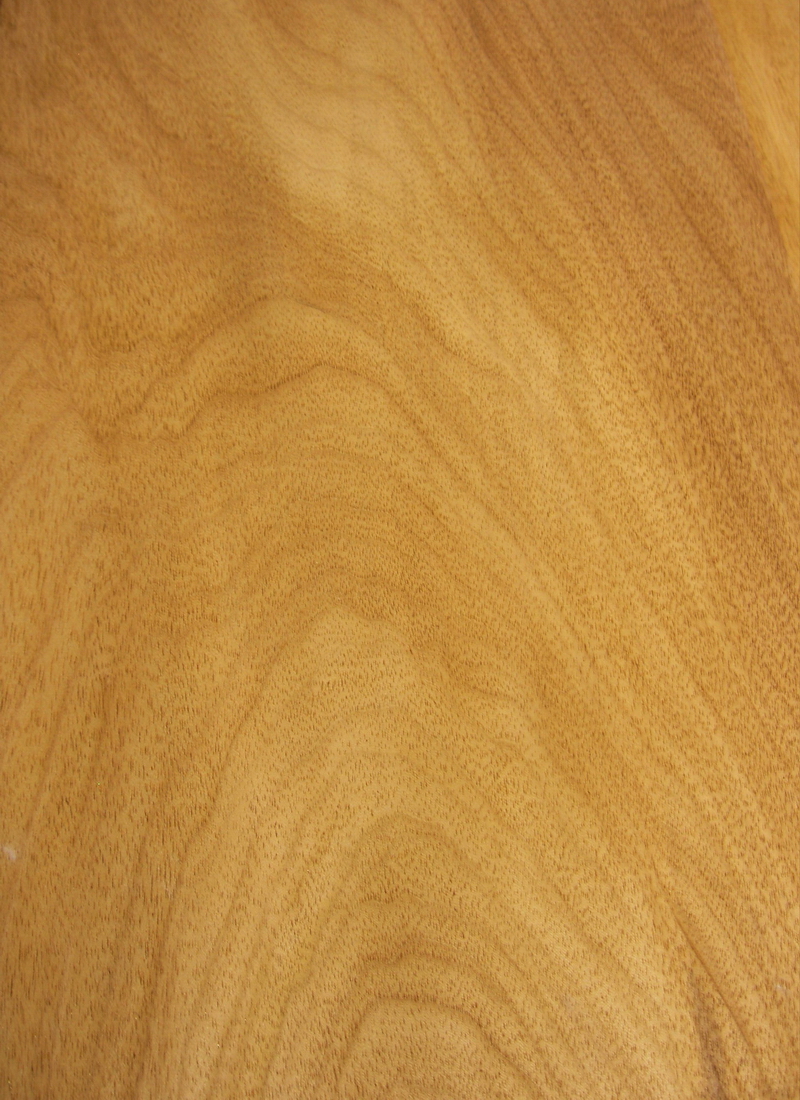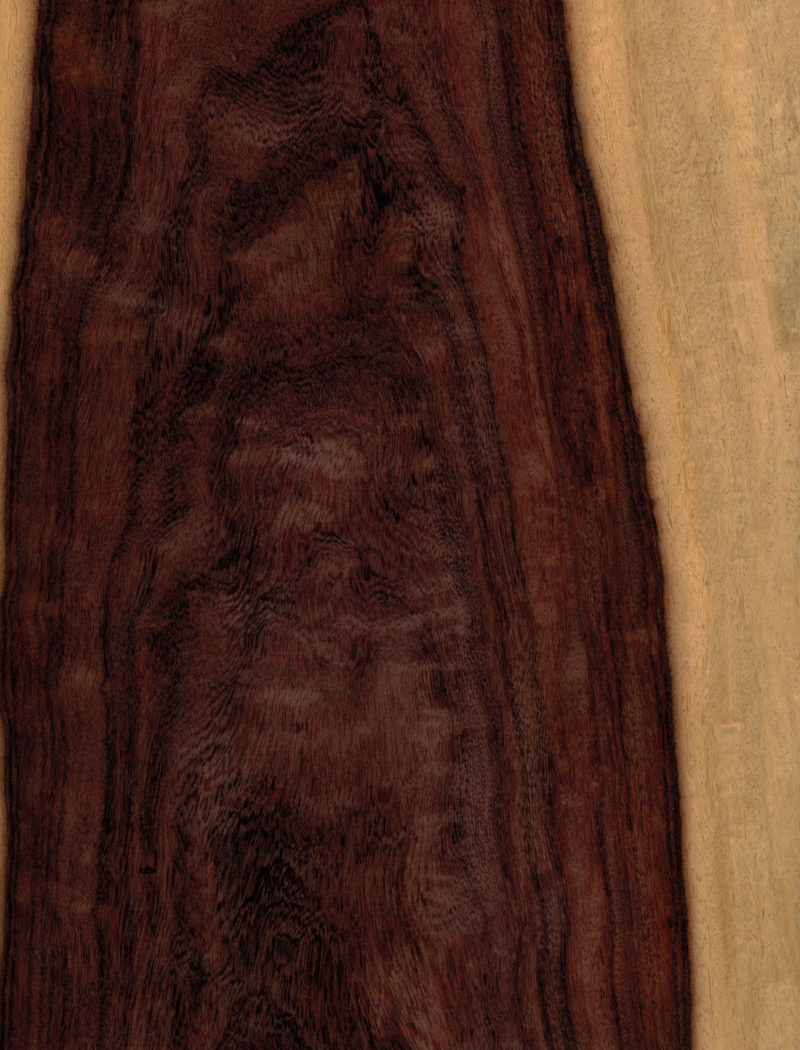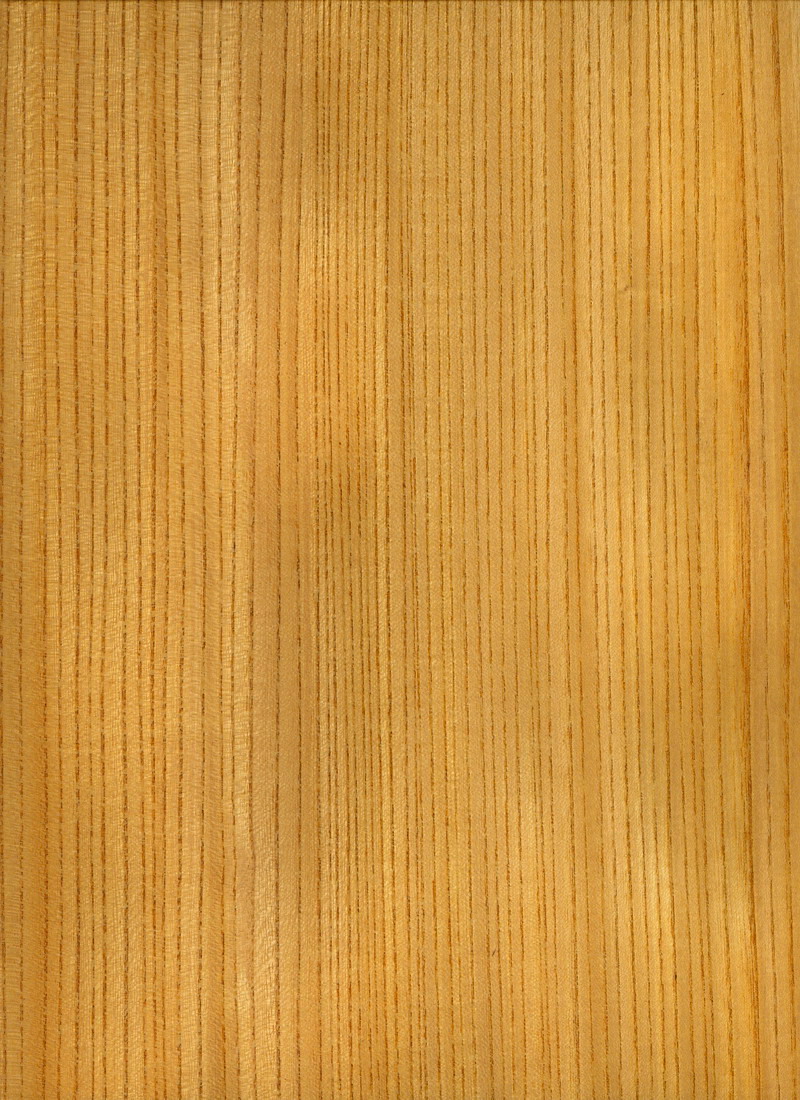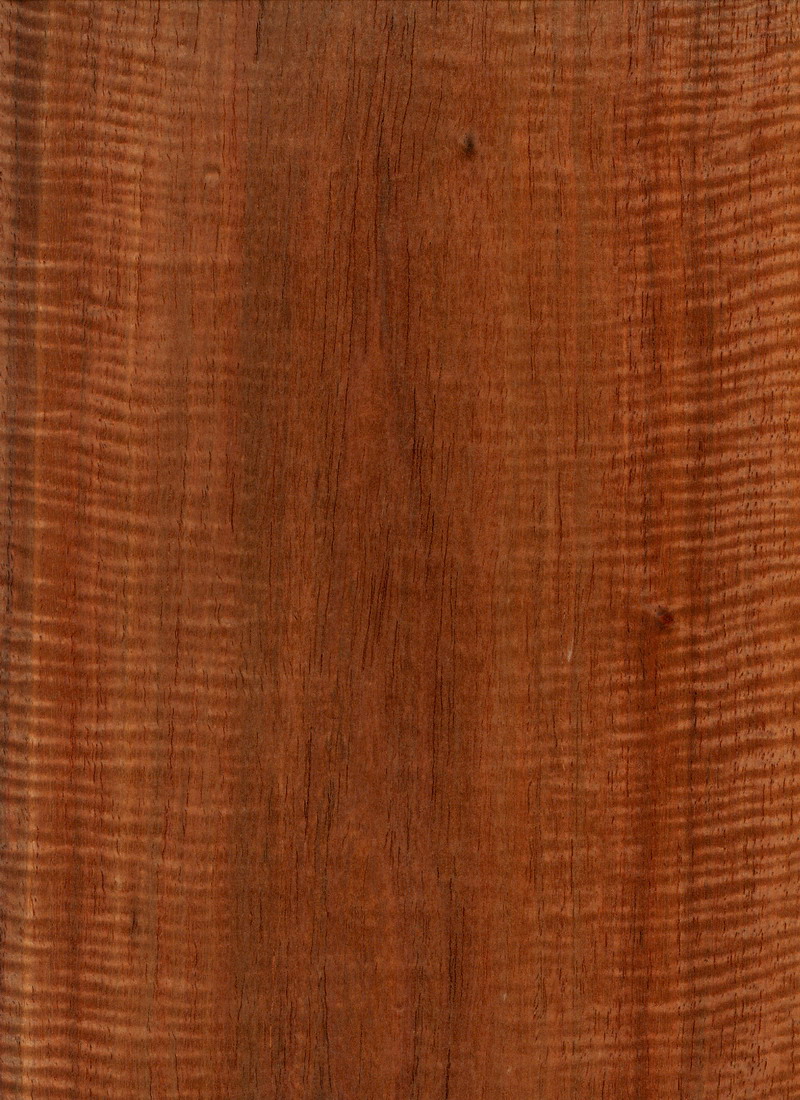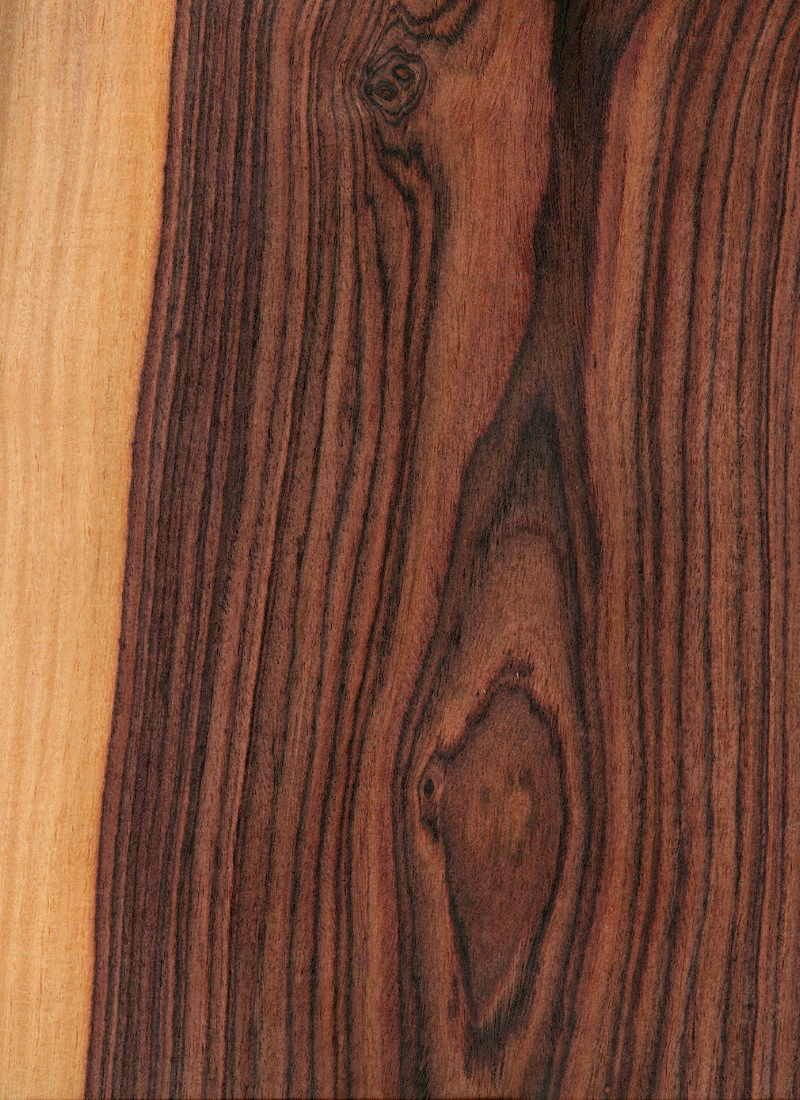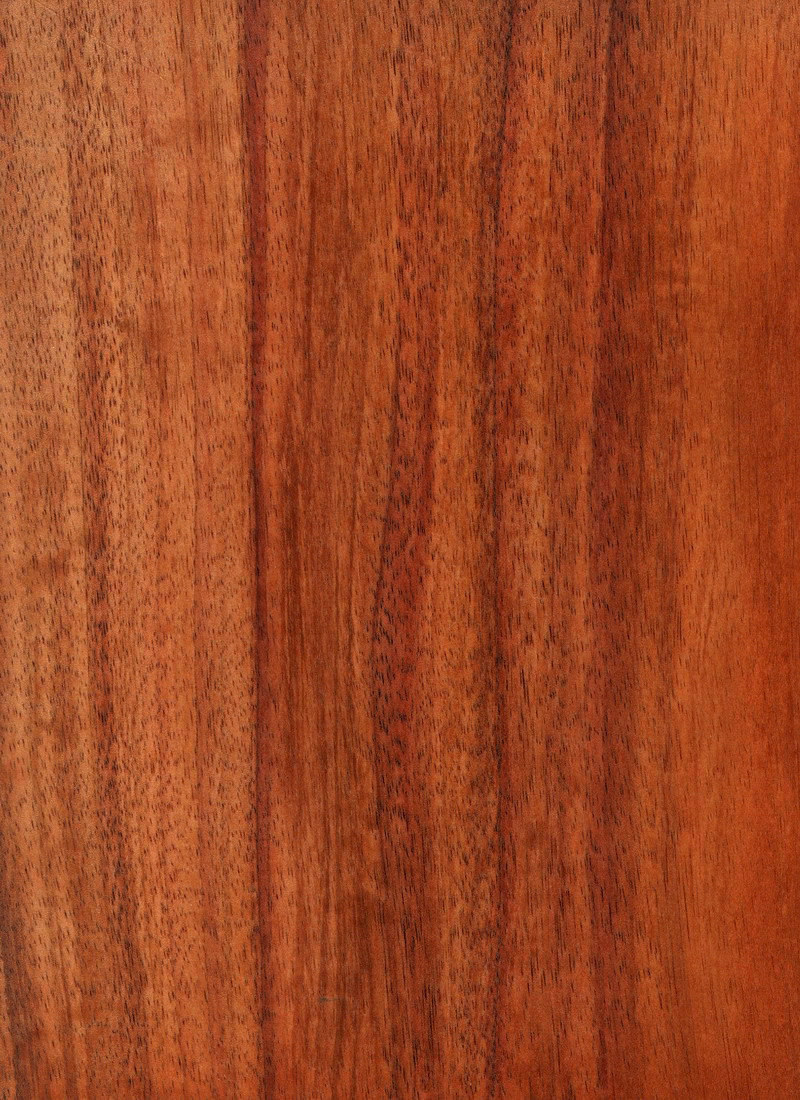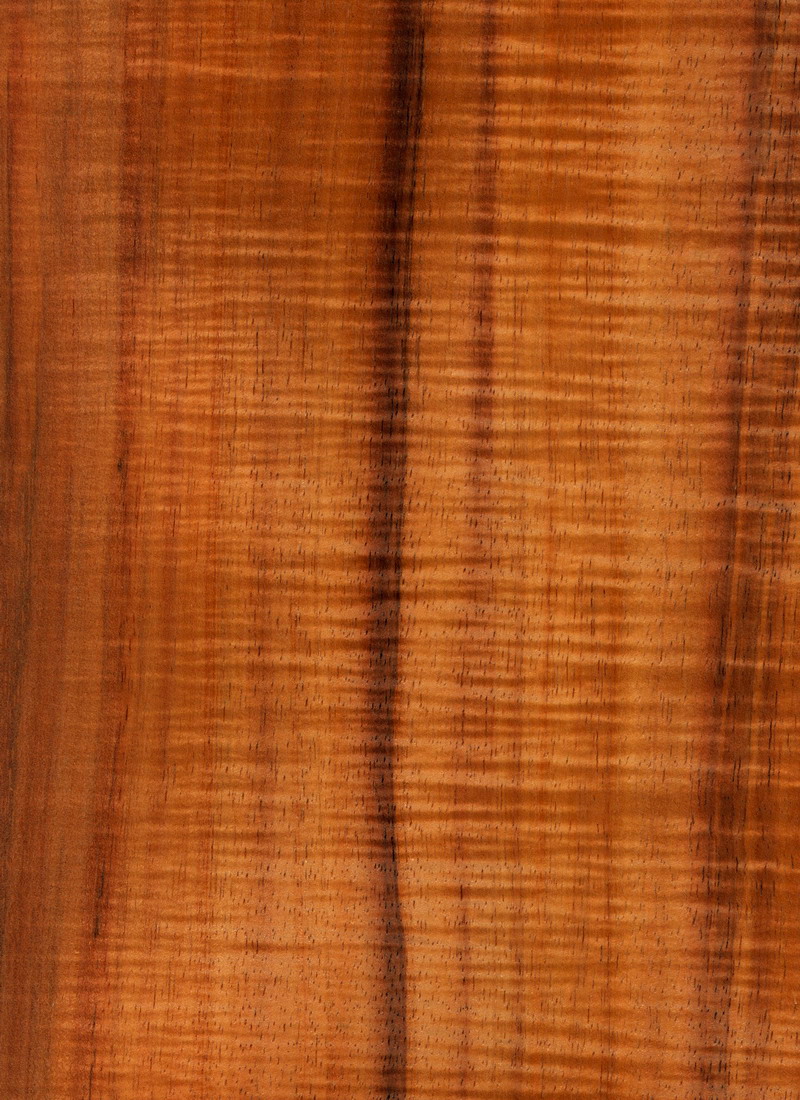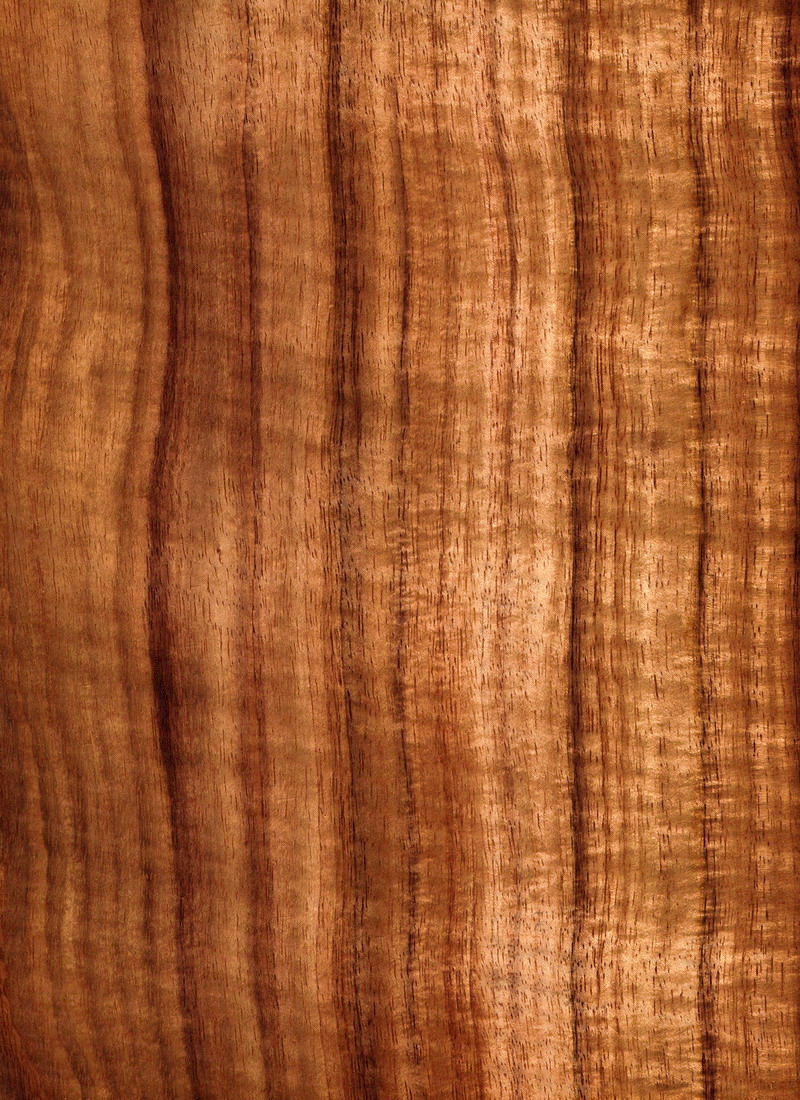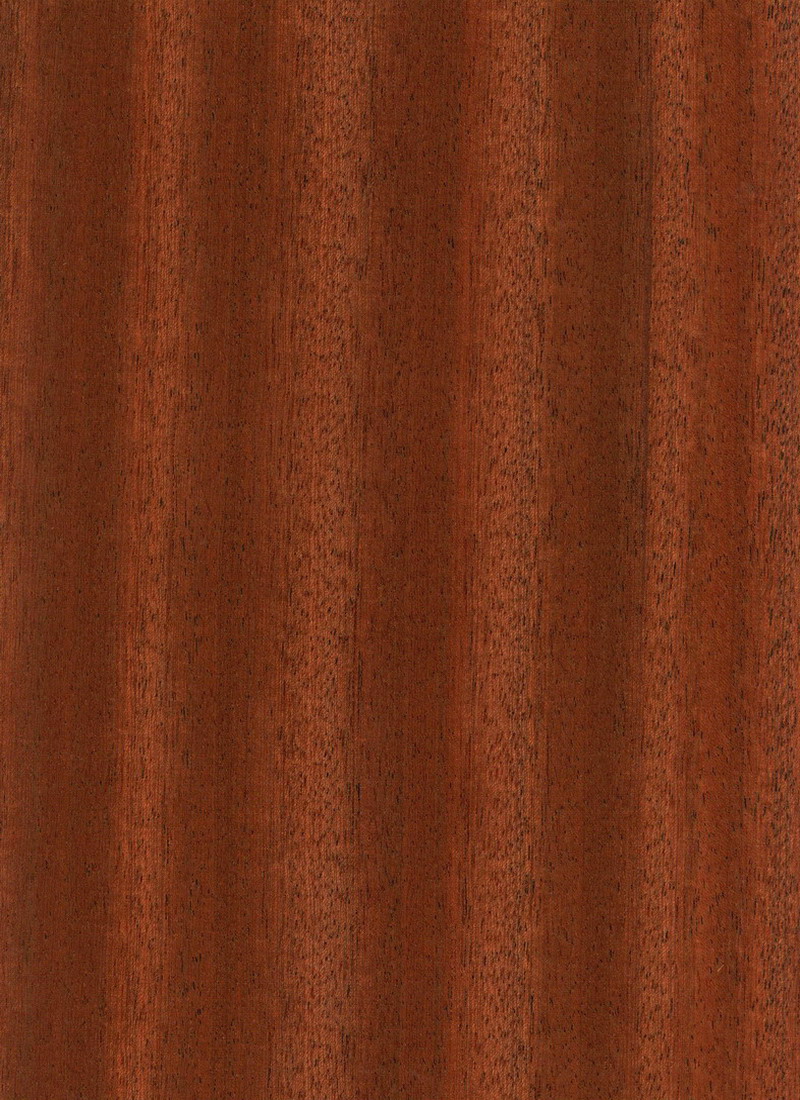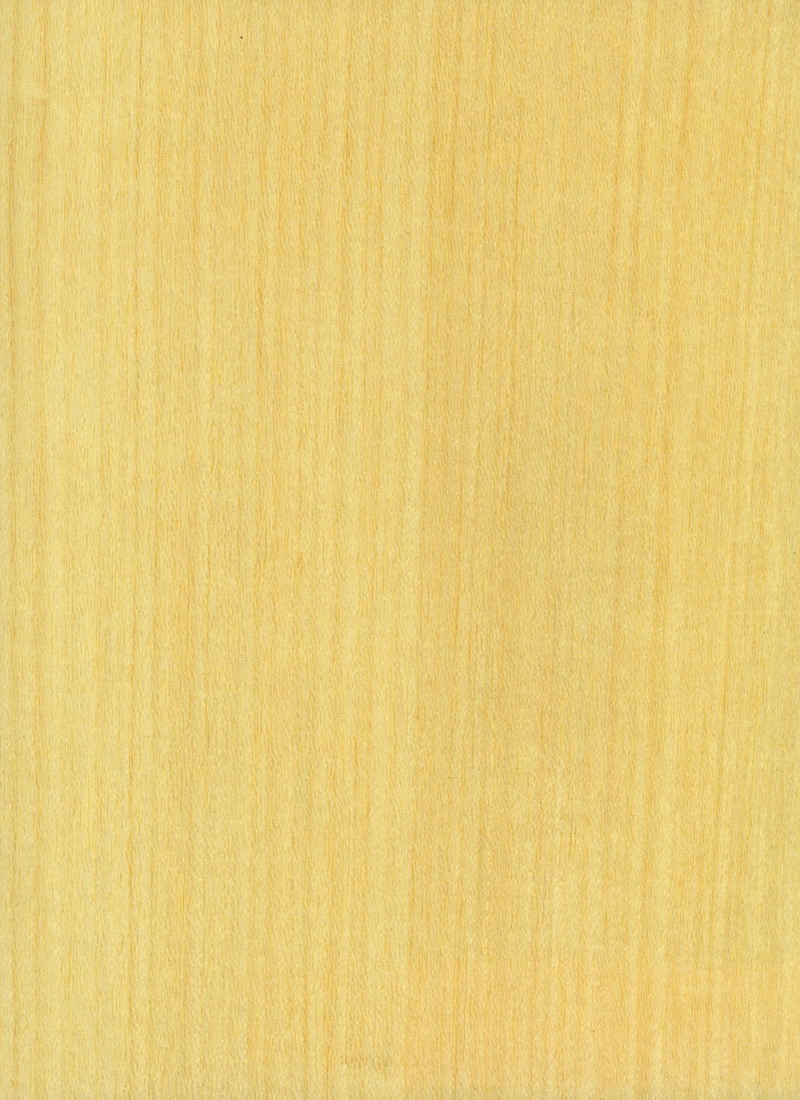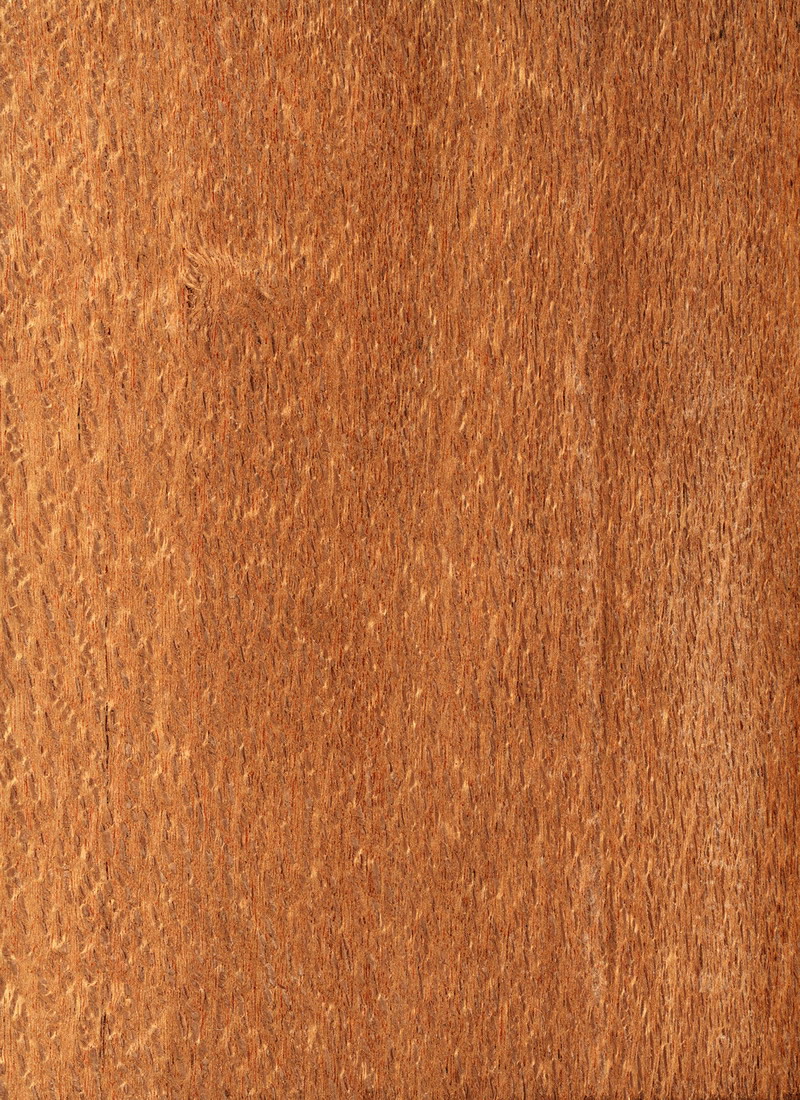Veneer Catalogue
-
 IPEx
IPExIPE
tabebuia serratifoliaIpe flat cut wood veneer sapwood is a yellow-gray to gray-brown. Heartwood is a rich and dark olive toned brown. Closely interlocked grain; has a fine to medium texture, as well as a moderate, natural luster.
Common Uses for Flat Cut Ipe Wood Veneer: Architectural panels, acoustic panels, cabinetry, doors. Also millwork and furniture, as well as yacht and aircraft interiors.
The Tree: Generally grows straight to heights between 120-150 feet with a trunk diameter of 2-4 feet.
A Little History: Although Ipe is sometimes referred to as “Brazilian Walnut” within the flooring industry, it is not a true Walnut.
Region: South America
[widget id="black-studio-tinymce-5"] -
 IPEx
IPExIPE
tabebuia serratifoliaIpe quarter cut wood veneer sapwood is a yellow-gray to gray-brown. Heartwood is a rich and dark olive toned brown. Closely interlocked grain; has a fine to medium texture, as well as a moderate, natural luster. Can be either plain or have broken stripe figure.
Common Uses for Quarter Cut Ipe Wood Veneer: Architectural panels, acoustic panels, cabinetry, doors. Also millwork and furniture, as well as yacht and aircraft interiors.
The Tree: Generally grows straight to heights between 120-150 feet with a trunk diameter of 2-4 feet.
A Little History: Although Ipe is sometimes referred to as “Brazilian Walnut” within the flooring industry, it is not a true Walnut.
Region: South America
[widget id="black-studio-tinymce-5"] -
 IROKOx
IROKOxIROKO
chlorophora excelsaIroko quarter cut wood veneer varies from a light golden brown to a richer, medium golden brown. Straight, interlocked grain along with a coarse texture. Also has beautiful block mottle figure.
Common Uses for Quarter Cut Iroko Wood Veneer: Architectural panels, millwork, cabinetry and furniture, as well as yacht and aircraft interiors.
Other Name(s): Sometimes called African Teak or Nigerian Teak.
The Tree: This African tree can grow up to 160 feet in height with trunks sometimes up to an impressive 8-9 feet in diameter.
A Little History: Because of similar characteristics, Iroko can be a substitute for genuine Teak. Commonly used for construction, boat building and furniture in its native region.
Region: Africa
[widget id="black-studio-tinymce-5"] -
 IZOMBEx
IZOMBExIZOMBE
testulea gabonensisIzombe quarter cut wood veneer heartwood is golden yellow-orange with darker brown streaks throughout. These streaks can be nervous and wavy, while the figure is of mottle or ribbon type. The texture is very fine and even, and the grain is generally straight.
A clear finish is crisp all on its own, and adding a light brown to auburn stain keeps the defined grain lines brilliant.
Over time, all woods will fade and possibly change color with exposure to light. But Izombe is a little different than other veneer, just like its unique name. In addition to having a luxurious finish, of all the woods with similar color, Izombe wood veneer changes color the least over time.
Common Uses for Quarter Cut Izombe Wood Veneer: Millwork, furniture and doors, as well as yachts and aircraft interiors.
The Tree: Typically reaches 120 feet with a straight bole. Trunk diameters are generally 3-4 feet.
Region: Africa
[widget id="black-studio-tinymce-5"] -
 JACARANDAx
JACARANDAxJACARANDA
dalbergia nigraJacaranda flat cut wood veneer heartwood can be rich chocolate brown to a more violet brown, with handsome and contrasting black or golden brown streaks. Straight grained to wavy with a coarse texture. Considered a top notch choice for tonewood.
Common Uses for Flat Cut Jacaranda Wood Veneer: Architectural panels, acoustic panels, cabinetry and fine furniture, as well as musical instruments.
Other Name(s): Brazilian Rosewood veneer.
The Tree: Height varies but generally reaches heights of 125 feet or more with a trunk diameter between 3-4 feet.
A Little History: Jacaranda has been used for 300 years in making furniture and cabinets. This wood is one of the most admired woods in the world.
Region: South America
[widget id="black-studio-tinymce-5"] -
 JARRAH ATLANTICx
JARRAH ATLANTICxJARRAH ATLANTIC
eucalyptus marginataAtlantic Jarrah flat cut wood veneer heartwood varies from a vivid red to a darker brown red. Usually straight grained or slightly interlocked. Also has a fine texture, as well as a high natural luster.
Common Uses for Flat Cut Atlantic Jarrah Wood Veneer: Architectural panels, millwork, cabinetry, doors and furniture. Also used for both aircraft and yacht interiors.
The Tree: Grows to heights of 120 feet or more with trunk diameters of 3-5 feet.
Region: Australia & Oceana
[widget id="black-studio-tinymce-5"] -
 JARRAH ATLANTICx
JARRAH ATLANTICxJARRAH ATLANTIC
eucalyptus marginataAtlantic Jarrah quarter cut wood veneer heartwood is a medium to darker golden brown with red hues. Usually straight grained or slightly interlocked. Also has a fine texture, as well as a high natural luster.
Common Uses for Quarter Cut Atlantic Jarrah Wood Veneer: Architectural panels, millwork, cabinetry, doors and furniture. Also used for both aircraft and yacht interiors.
The Tree: Grows to heights of 120 feet or more with trunk diameters of 3-5 feet.
Region: Australia & Oceana
[widget id="black-studio-tinymce-5"] -
 JATOBAx
JATOBAxJATOBA
hymenaea courbarilJatoba flat cut wood veneer heartwood varies from a salmon red to orange brown. Dark brown to russet brown streaks are common. Interlocked grain with medium texture; also has a natural golden luster.
Common Uses for Flat Cut Jatoba Wood Veneer: Architectural and acoustic panels, millwork, cabinetry and furniture. Also yacht and aircraft interiors.
The Tree: Grows up to 130 feet with trunks up to an impressive 6 feet or more in diameter.
A Little History: Because of its toughness and durability, Jatoba wood has been traditionally used for construction of all kinds and boatbuilding.
Region: South America
[widget id="black-studio-tinymce-5"] -
 JATOBAx
JATOBAxJATOBA
hymenaea courbarilJatoba quarter cut wood veneer heartwood varies from a salmon red to orange brown. Dark brown to russet brown streaks are common. Interlocked grain with medium texture; also has a natural golden luster.
Common Uses for Quarter Cut Jatoba Wood Veneer: Architectural and acoustic panels, millwork, cabinetry and furniture. Also yacht and aircraft interiors.
The Tree: Grows up to 130 feet with trunks up to an impressive 6 feet or more in diameter.
A Little History: Because of its toughness and durability, Jatoba wood has been traditionally used for construction of all kinds and boatbuilding.
Region: South America
[widget id="black-studio-tinymce-5"] -
 JEQUITIBAx
JEQUITIBAxJEQUITIBA
cariniana spp.Jequitiba flat cut wood veneer sapwood is light brown while the heartwood can be yellow or brown with pinkish, orange or red tones. Fine textured, straight grain.
Common Uses for Flat Cut Jequitiba Wood Veneer: Architectural panels, millwork, cabinetry, doors and furniture, as well as yacht and aircraft interiors.
Other Name(s): Abarco, South American Mahogany.
The Tree: Height varies but generally reaches heights of 100-130 feet with trunk diameters as wide as 4-6 feet.
A Little History: Because of its similar looks, Jequitiba is an appropriate substitute for true Mahogany.
Region: South America
[widget id="black-studio-tinymce-5"] -
 JEQUITIBAx
JEQUITIBAxJEQUITIBA
cariniana spp.Jequitiba quarter cut wood veneer sapwood is light brown while the heartwood can be yellow or brown with orange or red tones. Fine textured, straight grain.
Common Uses for Quarter Cut Jequitiba Wood Veneer: Architectural panels, millwork, cabinetry, doors and furniture, as well as yacht and aircraft interiors.
Other Name(s): Abarco, South American Mahogany.
The Tree: Height varies but generally reaches heights of 100-130 feet with trunk diameters as wide as 4-6 feet.
A Little History: Because of its similar looks, Jequitiba is an appropriate substitute for true Mahogany.
Region: South America
[widget id="black-studio-tinymce-5"] -
 JEQUITIBA SWIRLx
JEQUITIBA SWIRLxJEQUITIBA SWIRL
cariniana spp.Jequitiba swirl wood veneer is from the crotch of the tree. Fine textured, light golden brown tones. Jequitiba crotch veneer is produced from the portion of the tree just below the point where it forks into two limbs. The pattern often resembles a well-formed feather. The outside of the block produces a swirl figure that changes to full crotch flame figure as the cutting approaches the center of the block.
Common Uses for Jequitiba Swirl Wood Veneer: Architectural panels, millwork, cabinetry and high-end furniture. Also yacht and aircraft interiors.
Other Name(s): Abarco, South American Mahogany.
The Tree: Height varies but generally reaches heights of 100-130 feet with trunk diameters as wide as 4-6 feet.
A Little History: Because of its similar looks, Jequitiba is an appropriate substitute for true Mahogany.
Region: South America
[widget id="black-studio-tinymce-5"] -
 KATALOXx
KATALOXxKATALOX
swartzia cubensisKatalox flat cut wood veneer heartwood is deep purple and the sapwood is light yellow. Katalox veneer has an occasional bees wing figure.
Common Uses: Aircraft and yacht interiors, architectural panels, cabinetry, doors and furniture, as well as musical instruments.
Common Name(s): Mexican Royal Ebony.
The Tree: Native to southern Mexico, Central America and northern South America and typically grows between 100-300 feet in height.
A Little History: Sometimes called Mexican Royal Ebony, although it is not a true ebony. Also used as an ebony substitute.
Region: South America
[widget id="black-studio-tinymce-5"] -
 KEYAKIx
KEYAKIxKEYAKI
zelkova serrataKeyaki quarter cut wood veneer heartwood is golden brown with light to dark brown streaks. This wood veneer is lustrous, and has straight to irregular and wavy grain.
Common Uses for Quarter Cut Keyaki Wood Veneer: Architectural panels, millwork, cabinetry and doors, as well as furniture. Also yacht and aircraft interiors.
Other Name(s): Japanese Elm, Japanese Zelkova.
The Tree: Native to Japan, China, Korea and Russia. Keyaki typically grows between 50-90 feet with a trunk diameter of about 2 feet.
A Little History: Keyaki trees are known for their vase shapes and attractive bark. They are good shade trees and often seen in parks. Often used in bonsai; also used to make Taiko – a type of Japanese drum.
Region: Asia
[widget id="black-studio-tinymce-5"] -
 KIAATx
KIAATxKIAAT
pterocarpus angolensisKiaat flat cut wood veneer heartwood varies from a light golden brown to a medium brown, sometimes with a red or purple tint. Straight to interlocked grain, with fiddleback figure and a coarse texture. Also finishes beautifully.
Common Uses for Flat Cut Kiaat Wood Veneer: Architectural panels, acoustic panels, millwork and musical instruments, as well as yacht and aircraft interiors.
Other Name(s): African Teak, Wild Teak.
The Tree: Native to Africa, Kiaat grows between 40-60 feet with trunk diameters of about 2.5 feet.
A Little History: Well known in tropical Africa as Mukwa; used to make good, quality furniture.
Region: Africa
[widget id="black-studio-tinymce-5"] -
 KINGWOODx
KINGWOODxKINGWOOD
dalbergia cearensisKingwood flat cut wood veneer heartwood ranges from violet-brown to black with darker streaks of violet, red, black, and sometimes gold. Straight grained and fine textured with high natural luster. A true Rosewood that finishes beautifully.
Common Uses for Flat Cut Kingwood Wood Veneer: Millwork, musical instruments and furniture, as well as aircraft and yacht interiors.
Other Name(s): Violetwood.
The Tree: A small to medium-sized tree that grows to a maximum of 50 feet with trunk diameters generally under 12 inches.
A Little History: Because it’s from a small tree, this veneer has traditionally been used for marquetry and inlay.
Region: South America
[widget id="black-studio-tinymce-5"] -
 KOAx
KOAxKOA
acacia koaKoa flat cut wood veneer is a golden reddish-brown with darker brown streaks. The grain is interlocked to wavy, sometimes curly. Also medium to finely textured and lustrous.
Common Uses for Flat Cut Koa Wood Veneer: Architectural panels, millwork, musical instruments and fine furniture, as well as yacht and aircraft interiors.
The Tree: Height varies but can reach 100 feet with trunk diameters between 3-4 feet.
A Little History: Koa is in the Acacia family, and this particular species originates strictly from the Hawaiian Islands. Fun fact: Koa is the largest tree native to Hawaii.
Region: North America
[widget id="black-studio-tinymce-5"] -
 KOAx
KOAxKOA
acacia koaKoa quarter cut wood veneer is a golden reddish-brown with darker brown streaks. Interlocked to wavy, sometimes curly grain. Also medium to finely textured and lustrous.
Common Uses for Quarter Cut Koa Wood Veneer: Architectural panels, millwork, musical instruments and fine furniture, as well as yacht and aircraft interiors.
The Tree: Height varies but can reach 100 feet with trunk diameters between 3-4 feet.
A Little History: Koa is in the Acacia family, and this particular species originates strictly from the Hawaiian Islands. Fun fact: Koa is the largest tree native to Hawaii.
Region: North America
[widget id="black-studio-tinymce-5"] -
 KOA FIGURED (FIDDLEBACK)x
KOA FIGURED (FIDDLEBACK)xKOA FIGURED (FIDDLEBACK)
acacia koaKoa figured quarter cut wood veneer is a golden reddish-brown with darker brown streaks. Beautiful fiddleback figure. Also medium to finely textured and lustrous.
Common Uses for Fiddleback Koa Wood Veneer: Architectural panels, millwork, musical instruments and fine furniture, as well as yacht and aircraft interiors.
The Tree: Height varies but can reach 100 feet with trunk diameters between 3-4 feet.
A Little History: Koa is in the Acacia family, and this particular species originates strictly from the Hawaiian Islands. Fun fact: Koa is the largest tree native to Hawaii.
Region: North America
[widget id="black-studio-tinymce-5"] -
 KOA REALTECx
KOA REALTECxKOA REALTEC
acacia koaRealtec Koa quarter cut wood veneer is a golden reddish-brown with darker brown streaks. Also medium to finely textured and lustrous. Consistent fiddleback figure.
Common Uses for Quarter Cut Koa Wood Veneer: Architectural panels, millwork, musical instruments and fine furniture, as well as yacht and aircraft interiors. Because of its consistency, Realtec is ideal for large jobs, as well as continuous production.
The Tree: Height varies but can reach 100 feet with trunk diameters between 3-4 feet.
A Little History: Koa is in the Acacia family, and this particular species originates strictly from the Hawaiian Islands. Fun fact: Koa is the largest tree native to Hawaii.
About Quarter Cut Koa Realtec
Koa Realtec is natural veneer that is embossed with figure. Both figure and color remain constant throughout large Realtec sequences. Logs that have the most valued natural figure, fiddleback, are very rare. With Realtec, you can have fiddleback in continuous supply in addition to consistent pricing. Exclusive: We are the only distributor of Realtec in the United States and Canada.
Region: North America
[widget id="black-studio-tinymce-5"] -
 KOSIPOx
KOSIPOxKOSIPO
entandrophragma candolleiKosipo quarter cut wood veneer is a dark reddish-brown with a purple tinge. Kosipo resembles Sapele, but is much darker. Straight grained to interlocked. Also coarse textured.
Common Uses for Quarter Cut Kosipo Wood Veneer: Architectural panels, millwork, flooring, cabinetry and high-end furniture, as well as aircraft and yacht interiors.
Other Name(s): West African Cedar, also sometimes called heavy Sapele.
The Tree: This African tree reaches heights of 160 feet, sometimes over 200 feet. Trunk diameters are of very impressive widths.
A Little History: Kosipo can grow to be very old; for the largest specimens ages of up to nearly 1000 years have been suggested.
Region: Africa
[widget id="black-studio-tinymce-5"] -
 KOTIBEx
KOTIBExKOTIBE
nesogordonia papaveriferaKotibe quarter cut wood veneer heartwood is reddish-brown with a light sapwood. Interlocked grain, fine textured, striped figure. Also has a medium luster.
Common Uses for Quarter Cut Kotibe Wood Veneer: Architectural panels, millwork, cabinetry, doors and furniture, as well as yacht and aircraft interiors.Other Name(s): Otutu, Ovoue, Dante.
The Tree: This west African tree reaches heights of 90-120 feet with trunk diameters around 3 feet.
A Little History: Because of its good strength properties, Kotibe wood is used for general construction and flooring.
Region: Africa
[widget id="black-studio-tinymce-5"] -
 KOTOx
KOTOxKOTO
pterygota macrocarpaKoto quarter cut wood veneer is a yellowish white to creamy white. Straight grained to slightly interlocked, with a coarse texture. Also usually high in luster and sometimes attractively flecked.
Common Uses for Quarter Cut Koto Wood Veneer: Architectural panels, doors, millwork and cabinetry, as well as furniture.
Other Name(s): African Chestnut.
The Tree: This African tree reaches heights of 100-130 feet.
A Little History: The timber is also used for light flooring, staircases, boxes and crates.
Region: Africa
[widget id="black-studio-tinymce-5"] -
 LACEWOOD AUSTRALIANx
LACEWOOD AUSTRALIANxLACEWOOD AUSTRALIAN
cardwellia sublimisAustralian Lacewood quarter cut wood veneer is a light pinkish brown with a silvery sheen. Straight grained with a coarse texture. Quarter sliced yields a flaky grain.
Common Uses for Quarter Cut Australian Lacewood Wood Veneer: Architectural panels, doors, furniture, millwork and cabinetry, as well as aircraft and yacht interiors.
Other Name(s): Silky Oak.
The Tree: Reaches heights of 130 feet with trunk diameters up to 7 feet.
A Little History: Considered highly ornamental; also easily stained or fumed.
Region: Australia & Oceana
[widget id="black-studio-tinymce-5"]

